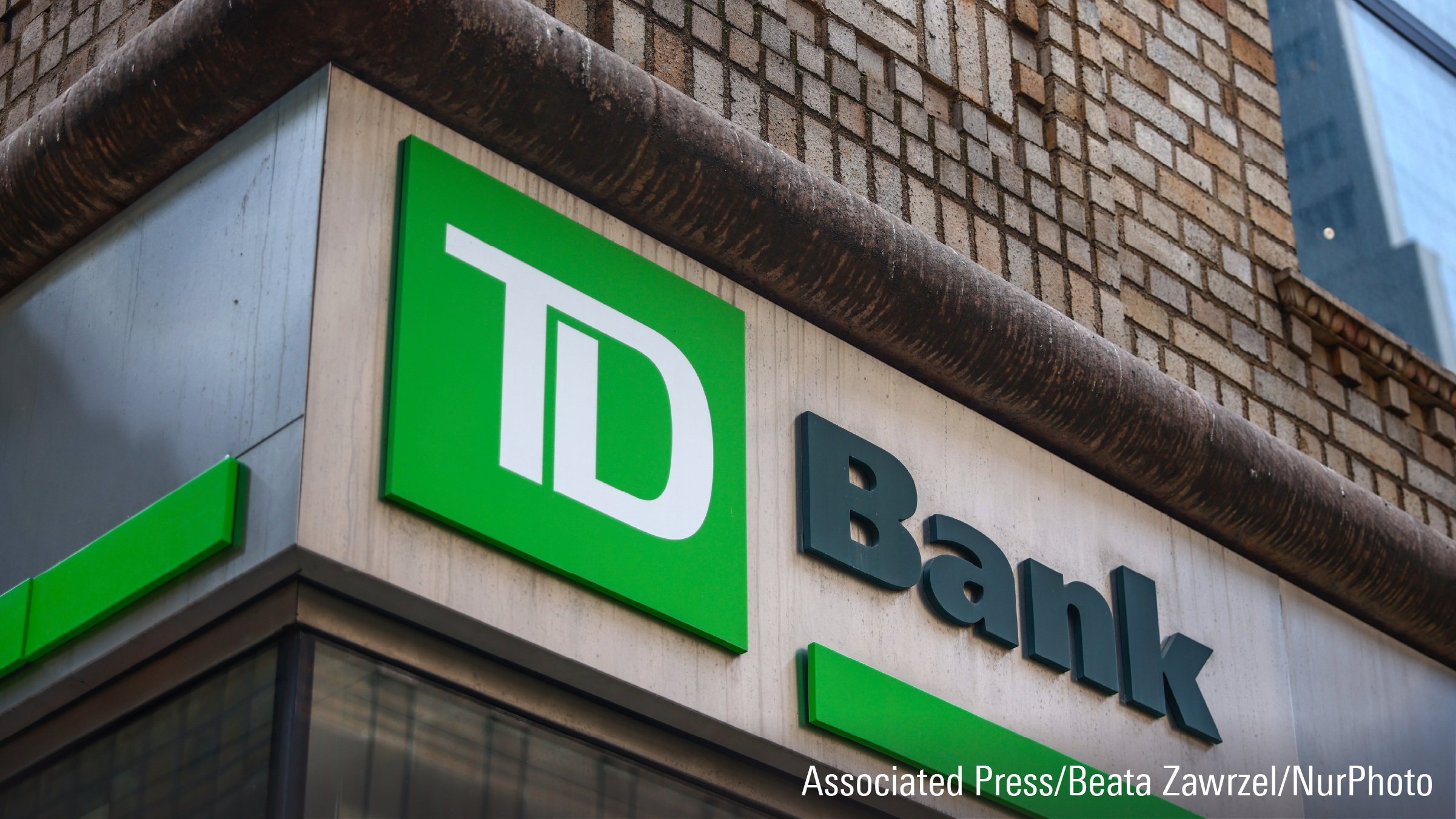
Many families would like the benefits of a private school education, however, the price tag of tuition and extracurriculars can be a deterrence. Thankfully, there are ways to help overcome these financial obstacles.
The average cost of a private school in Ontario, for example, could be anything between $10,000 and $50,000 per year. These fees are often over and above other expenses including textbooks, uniforms, digital devices, and others.
Undeniably, financial requirements remain by far the biggest reason why many Canadian families wouldn’t even conceive of sending their children to a private school. However, the notion of a ‘financial barrier’ largely flows from a lack of awareness and some widely held misconceptions.
Take, for instance, this report that cites Statistics Canada claiming kids from both high- and low-income families attend private school. A Fraser Institute study in 2007 showed as many as 21% of children in Ontario who attend private schools come from families with annual income below $50,000.
This runs counter to the argument that private education is a benefit reserved exclusively for the financially privileged. Indeed, you don’t necessarily have to be wealthy to put your kids through independent schools. Awareness of some little-known options and tactical planning can be the bridge between your dream of private education and the funds required to realize it.
The following steps can help you shore up finances to put your kids into private school:
Start Saving Diligently
It’s never too late to start socking funds away for your child’s education. The sooner you start planning and saving, the better. A child’s education could be a significant financial undertaking - a serious financial commitment that demands saving discipline. No amount is too small. As the Chinese philosopher, Lao Tzu said: a journey of a thousand miles starts with a single step. Be consistent and save a portion of your monthly income without fail.
While at it, set up a high-interest savings account and set aside a fixed amount from your monthly paycheck via automatic transfer. Financial experts say you won’t miss the money you don’t see. Living on a “truncated” paycheck may not be as hard as it seems.
Further, any largess received from the dotinggrandparents, aunts or other relatives on birthdays and special occasions must go straight to the “education pot.”
Be Frugal with Your Finances
Why stop at saving money when you can boost your efforts by also not spending some of your hard-earned dollars? Budgeting and recalibrating your spending could unlock extra cash you didn’t think you had. Money saved is money earned, goes the adage.
Live within your means. Tighten your purse strings. Find novel ways to crimp some of your recreational spending. Skipping a fancy vacation or putting off buying that new car or delaying that kitchen reno, or not upgrading to the newest iPhone may not be the end of the world.
Willing to go the extra mile to build your education fund? You could squeeze expenses some more by skipping those frequent takeout meals or deferring the wardrobe overhaul. Bargain hunting and coupon clipping, anyone? You don’t have to spend a dime you don’t need to.
Want more? Ditch that fancy phone plan with unlimited data and switch to a bare-bones wireless plan. Cutting the cable TV cord, and snipping the subscription to multiple streaming services are some other budgeting considerations that may not be obvious but can save you a ton of money over the long term.
Don’t Just Save, Invest
Cash is an inadequate savings vehicle. Put your cash to work by investing and optimizing your saving efforts. Let compounding do its magic. Park some of your savings in faster-growing investment vehicles such as mutual funds and stocks. Better still, you can buy a range of securities in your tax-free savings account (TFSA) and have your savings grow over time tax-free. If you’ve maxed out your annual TFSAs contribution room, let the surplus savings flow into a non-registered investment account.
Your TFSA savings will grow in a tax-free environment and can be withdrawn tax-free when you need it to pay the fees. Speaking of tax efficiency, you can claim a tax credit for a portion of the private school tuition as a charitable contribution. Depending on the province, the amount may vary, but it is not insignificant.
If both parents are working, they may be entitled to deduct a portion of the school fees paid as a childcare expense if their child is 16 years of age or under.
Bursaries and Financial Aid
How would you like to be let in on a little secret? Many private schools offer financial aid to help provide a leg-up to those of modest means. Don’t hesitate to enquire about it and tap the financial aid extended by the private school of your choice.
Qualifying households can receive fee assistance covering anything from 10% to 100% of the tuition fee. This helps realize the dreams of thousands of low-income Canadian families who want to send their kids to private schools.
Families can apply for financial aid by applying to Apple Financial Services, which reviews and reports on eligibility to relevant schools. The application and award process remains confidential.
In addition to that, many schools offer supplementary financial help. Bursaries are discretionary sums of money awarded to top up financial aid based on an individual’s need.
Financial aid and bursaries combined could cover a significant part of the private school fee offering a bigger financial relief than many parents realize.
Financial assistance from private schools could also come in the form of athletic and academic scholarships, payment plan options for those unable to fork out a lump sum annual fee, sibling discounts, and subsidies for books and uniforms.
There may be additional relief that private schools may not necessarily advertise upfront. For instance, some private schools offer financial discounts for parents who are part of certain religious organizations or armed forces, or those working as teachers within the private education system.



















